Concerned about this issue, a group of students from the Faculty of Communication and Foreign Culture, Diplomatic Academy, organized an event called "Cheo Keo - Bringing Gen Z closer to Cheo".
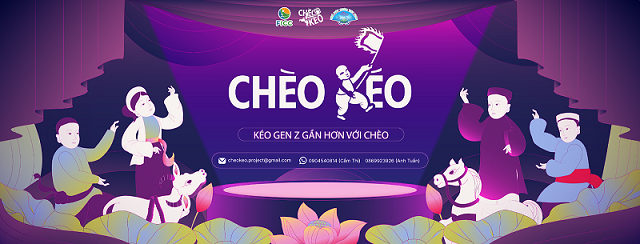 |
| Event “Cheo Tuo - Pulling Gen Z closer to Cheo”. (Photo: NVCC) |
| Related News |
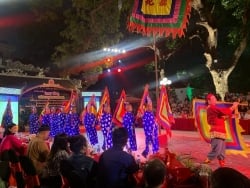 'Tran Vu Bell' - night tour to find the soul of Thang Long citadel 'Tran Vu Bell' - night tour to find the soul of Thang Long citadel |
With a creative and attractive name, the event not only demonstrates the spirit of preserving traditional cultural heritage but also opens up a new approach to make Cheo closer to young people.
In order to learn more about the journey of connecting the art of Cheo with the Gen Z generation, we had a discussion with the representatives of the Organizing Committee of this event, Ms. Nguyen Cam Thi - Head of the Organizing Committee, Mr. Le Duy Cuong and Mr. Ha Lam Tung - Deputy Organizing Committee.
In your opinion, how has the position and importance of Cheo art changed in today's cultural life?
Nguyen Cam Thi: When I started learning about the art of Cheo, I realized that this is a type of folk culture that has existed and developed for hundreds of years, imbued with the breath of rural life of Vietnamese farmers. With the familiar creative material of stories about the daily life of the people, Cheo was an indispensable spiritual food for our grandparents' generation, a form of entertainment associated with their memories and spiritual life in that era.
However, in the modern context, when new forms of entertainment culture are exploding at a dizzying speed, young people are easily "overfed" and "disoriented" by too many choices. New content is often created continuously, aiming at fast-consuming information and instant entertainment.
At that time, Cheo - with its slow, metaphorical rhythm and requiring subtle perception, can become a harbor or cultural anchor to help them regain balance. That is when Cheo is not only simply an art, but also a bridge for young people to return to their roots and national cultural identity.
 |
| Nguyen Cam Thi, Head of the Organizing Committee of the event "Cheo". (Photo: NVCC) |
Why is Cheo - a once very familiar art form - now gradually becoming unfamiliar to young people?
Le Duy Cuong: In my opinion, the cause of this situation does not lie in the fact that Cheo has lost its value or essence, but in the growing gap between traditional and modern life. Today's youth are caught up in the digital lifestyle - a fast and intense cycle.
Not only that, the extensive cultural exchange has created conditions for many forms of foreign entertainment, especially European and American music , to be strongly imported. Meanwhile, the art of Cheo has a slow, profound and somewhat abstract rhythm.
Therefore, to fully feel and understand Cheo, the audience needs time to calm down, reflect and open their hearts to the layers of meaning conveyed through each lyric and gesture.
Besides, we realize that Cheo has not been communicated in a way that is truly close and new enough to reach the tastes of Gen Z. In the context of increasingly developing technology, Cheo needs to be renewed with creative forms that reflect the breath of the times.
If approached through multiple platforms and presented in a trendy way, Cheo can completely become a trend, not only because of its traditional artistic value but also because of its ability to connect young people with the depth of national culture.
With "Cheo Keo", how is the art of Cheo renewed to both revive and become closer and fresher to young audiences?
Ha Lam Tung: Innovation is not only inevitable but also an opportunity. With Cheo, innovation does not lie in the nature of this traditional art form, but in the way Cheo is brought closer to modern life. It is an effort to not only preserve Cheo but also to live in the minds of today's young generation.
In terms of form, the program will build intimate experiential spaces, creating conditions for young people to easily access and feel every delicate slice of the Cheo art. Through that, we hope to bring a new perspective: Tradition is not something strange, but can become a natural part of the cultural life of the young generation.
In terms of content, the program proactively integrates cultural materials close to young people such as everyday language, modern storytelling...
At the same time, digital media platforms will be fully exploited to spread the art of Cheo in a more innovative approach. All are aimed at one goal: To show young people that Cheo is not outdated, with just the right touch, Cheo can completely shine in contemporary life.
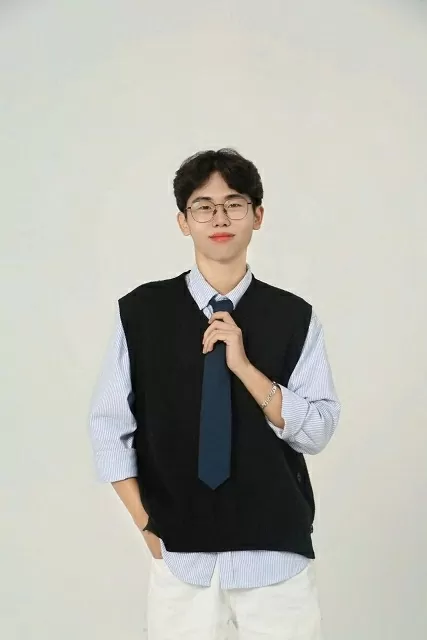 |
| Ha Lam Tung - Deputy Head of the Organizing Committee of the event "Cheo". (Photo: NVCC) |
Are there any difficulties or challenges in trying to bring the art of Cheo closer to young people?
Ha Lam Tung: During the process of implementation, we faced many challenges. One of them was the gap in awareness. For many young people, Cheo is still labeled as old-fashioned, difficult to understand and an art form reserved for the elderly.
In order to change this prejudice, we have developed a detailed plan, combining content creation and organizing new and familiar Cheo experiences - thereby creating opportunities for Cheo to touch the feelings and thoughts of the young generation.
Besides the cognitive gap, the difference in living context is also a big obstacle. Cheo was born in the peaceful space of the countryside, associated with the slow pace of life and traditional festivals.
Meanwhile, today's young people grow up in the era of technology 4.0, between the flow of artificial intelligence and the digital lifestyle. Connecting these two worlds has never been easy.
Therefore, throughout the process, we always struggled with the question: "How to innovate without losing the identity of Cheo?" Because Cheo is a unique artistic value - where folk language, music and emotional expression blend together in a simple but profound way.
These challenges do not discourage us, but rather motivate us to move forward. Because if only one young person comes, listens, smiles and stays with Cheo, this art will continue to live, with the love, creativity and responsibility of today's generation.
So how can the art of Cheo maintain its traditional features in the context of the current digital age?
Le Duy Cuong: For us, preserving Cheo in the digital age is not only about preserving a traditional art form, but also about finding ways for Cheo to truly touch the hearts of young people.
To preserve the traditional features of Cheo in the digital age, I think it is important to have a way of communicating that is suitable for young people, so that they can see that Cheo is also good and worth experiencing.
So we tried many ways, from putting Chèo on social networks, making short videos following trends, to combining with creative images, eye-catching visual arts - things familiar to young people.
Along with that are direct activities such as exhibitions or experiences, where young people can actually hear, see and touch Cheo.
Amidst all these innovations, we still maintain one principle: What is quintessential, such as language, melodies, and costumes, does not need to be modernized. Because these elements are gradually returning in cultural trends, such as the trend of wearing Vietnamese costumes among young people.
After all, tradition should not be confined to the past, but should be inherited in a lively and creative way. That is how we pay tribute to our ancestors' heritage - by renewing, transforming and bringing tradition alive with the times so that it can continue to grow in the hearts of today's youth.
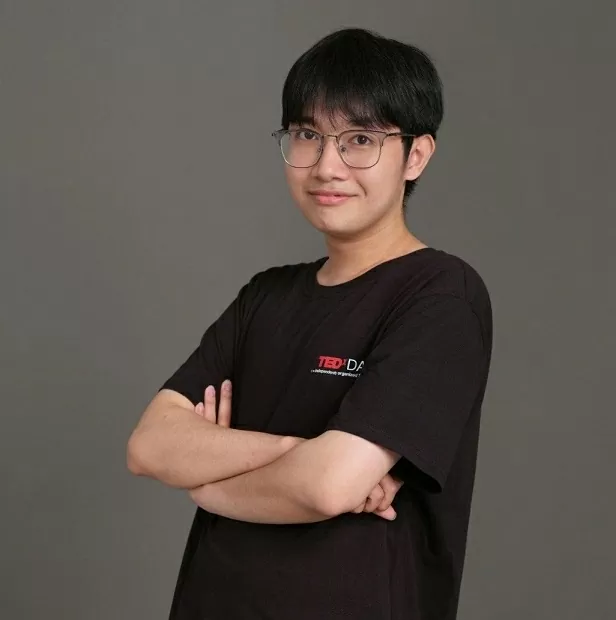 |
| Le Duy Cuong, Deputy Head of the Organizing Committee of the event "Cheo". (Photo: NVCC) |
In the future, how do you hope the "Cheo Keo" spirit will be spread?
Nguyen Cam Thi : The name “Cheo Keo” is not only a desire to bring Gen Z closer to the art of Cheo, but also an aspiration to connect two generations - today's youth and the previous generation. We hope that young people will no longer see Cheo as something old and outdated, but can look at Cheo with a new eye, full of emotion and appreciation.
Even if it is just one time listening, one time participating, we hope that “Cheo Keo” will leave a small mark in your own cultural journey. Then, when a Cheo tune suddenly sounds, you will realize that it is a part of our nation’s cultural heritage.
Furthermore, we hope that the “Cheo Keo” model can spread to other traditional art forms such as tuong, cai luong, folk songs, etc., traditional cultural heritage forms that are gradually being forgotten.
Because when approached properly, tradition will no longer be distant, but will become a source of inspiration for young people to feel, connect and proactively preserve those values.
So, whether or not the “Cheo Keo” project is held for a second year, we believe it will contribute a small part to the preservation of our country’s traditional cultural arts.
Source: https://baoquocte.vn/nguoi-tre-no-luc-keo-nghe-thuat-cheo-tien-gan-nhip-song-hien-dai-315928.html


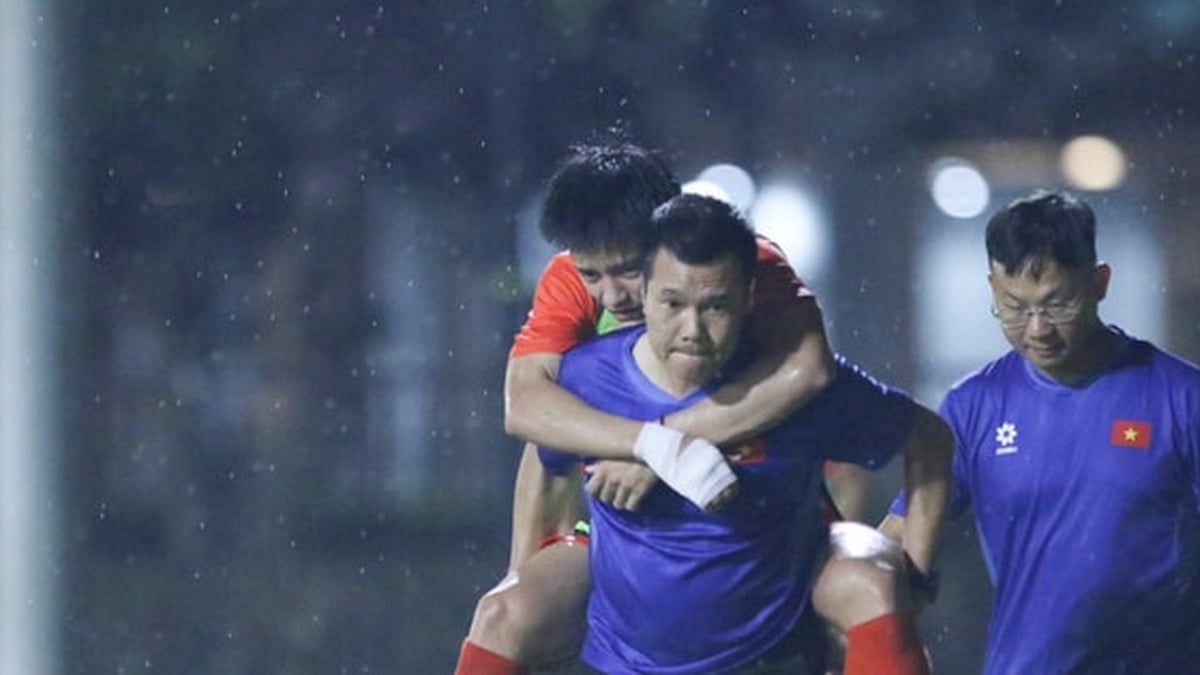
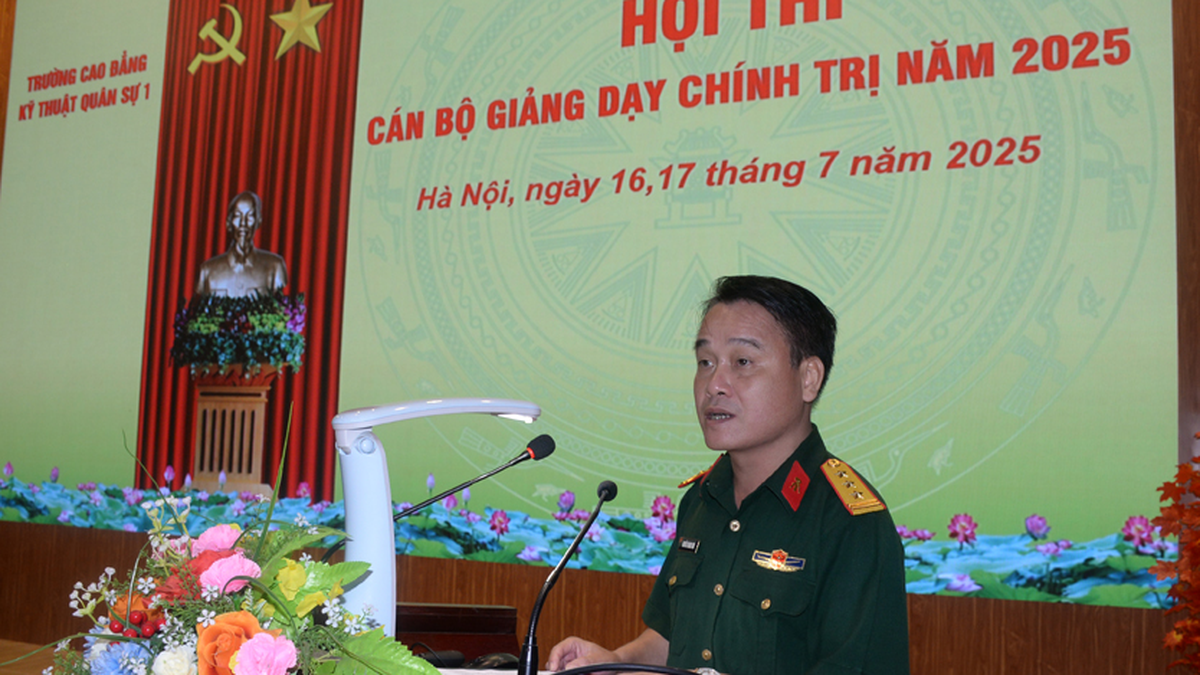

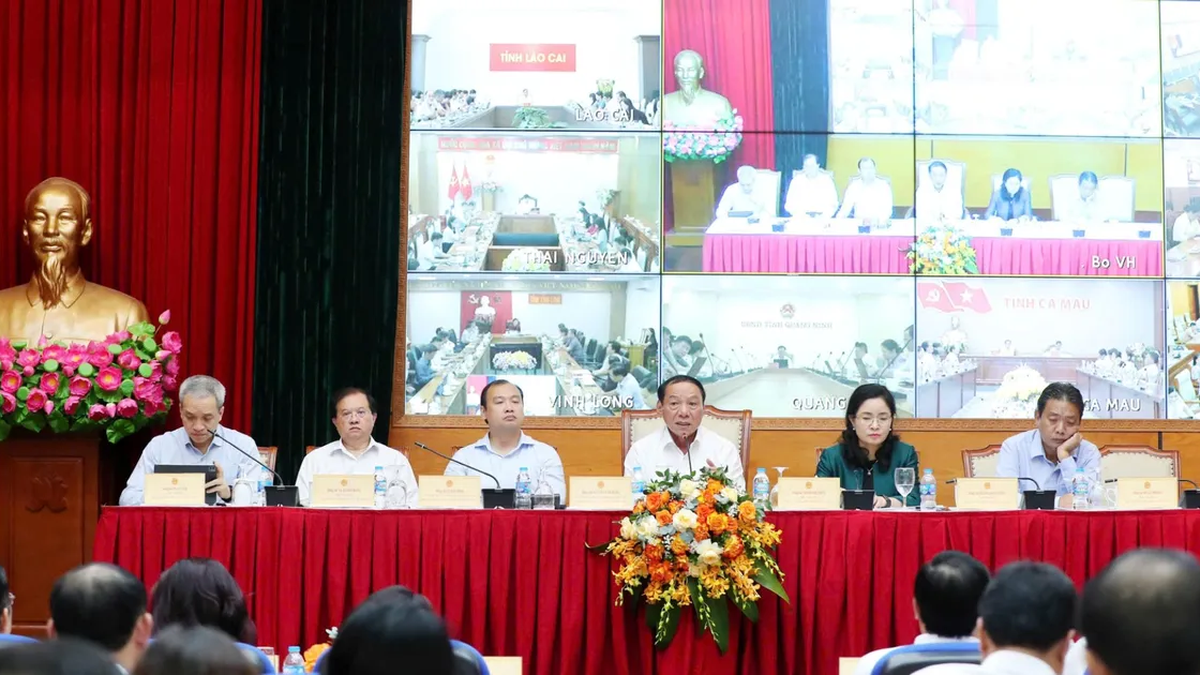
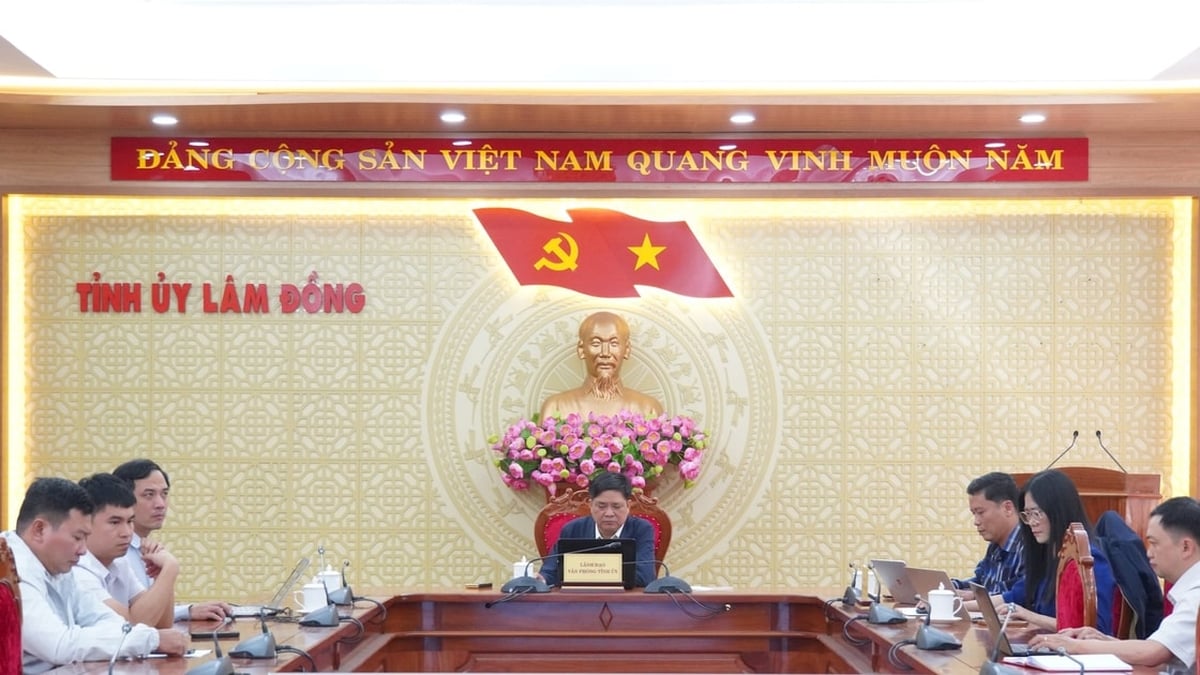



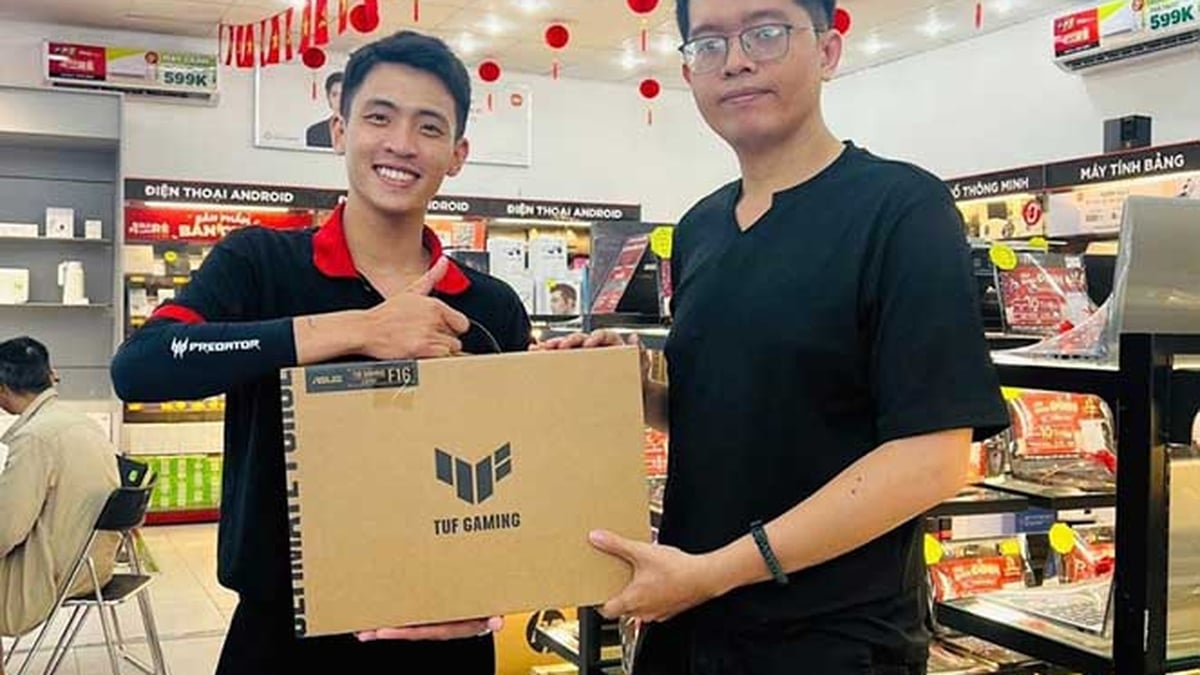
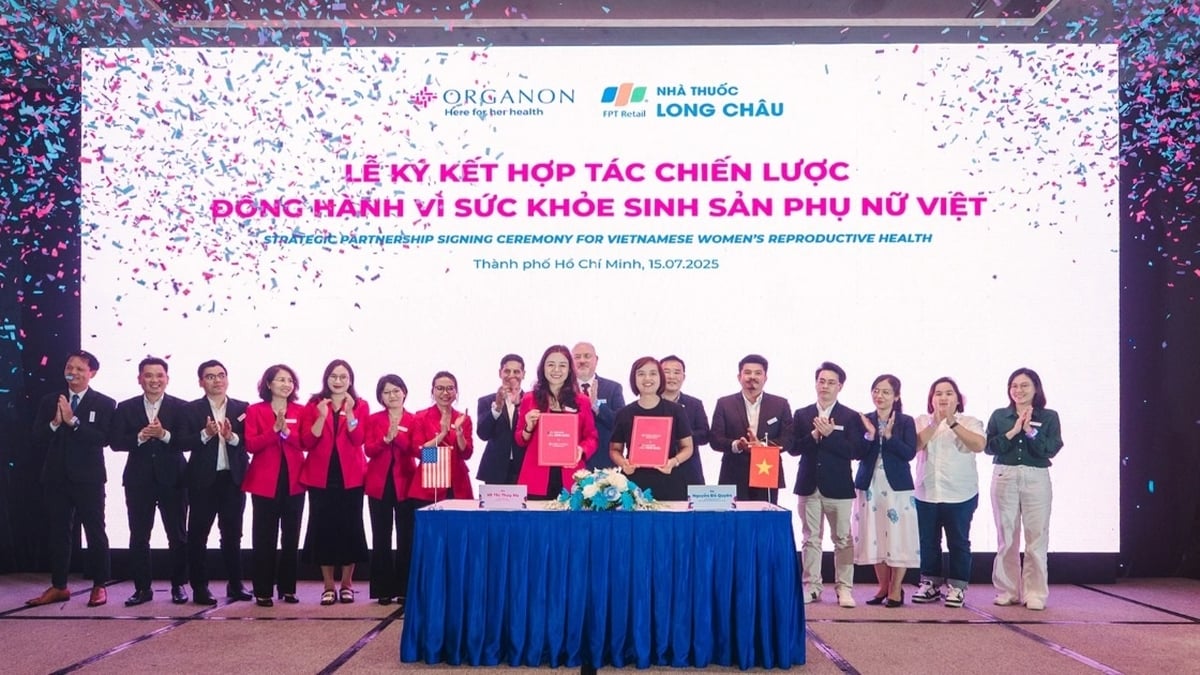

















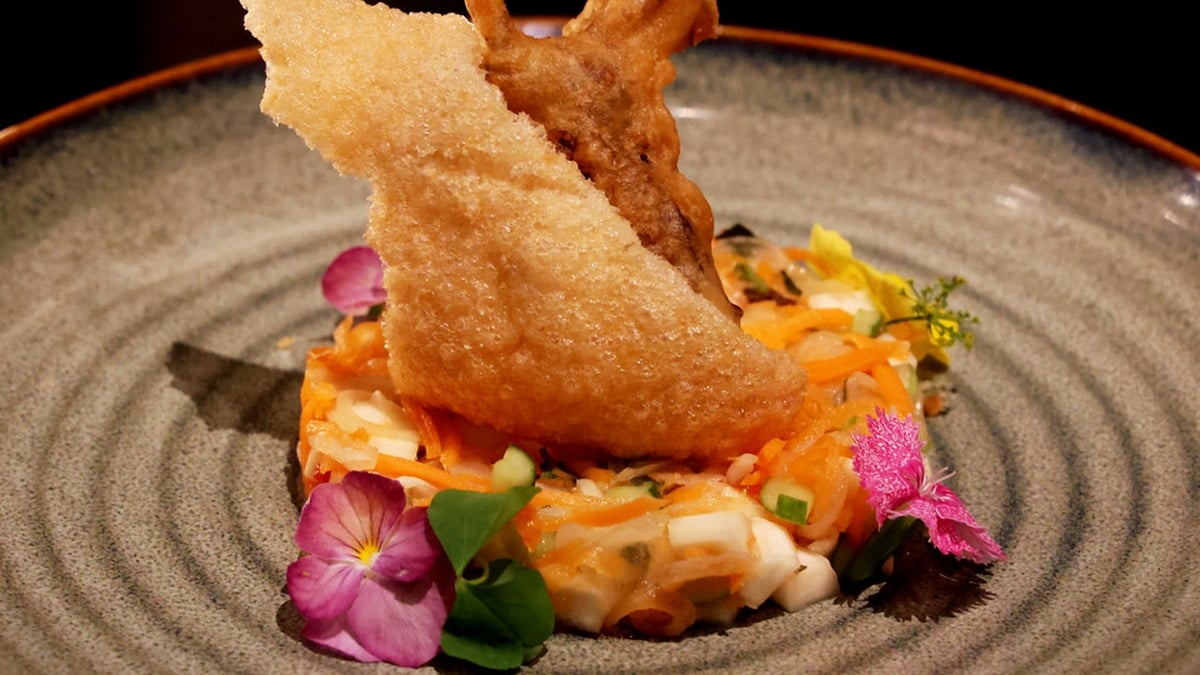


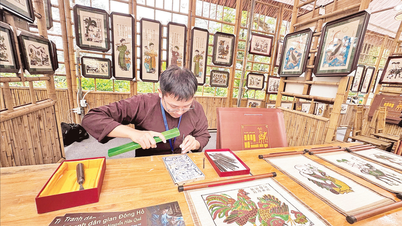





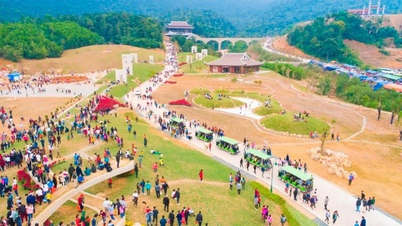



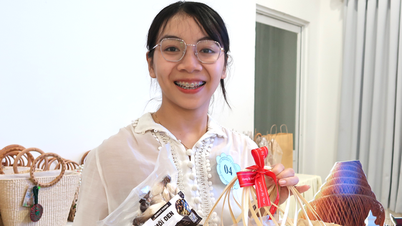

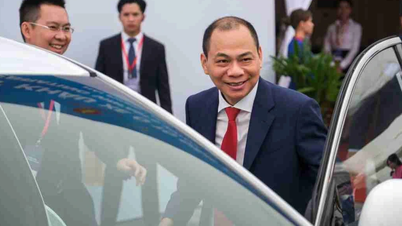

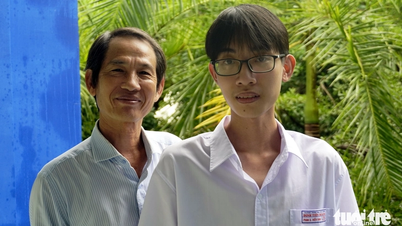
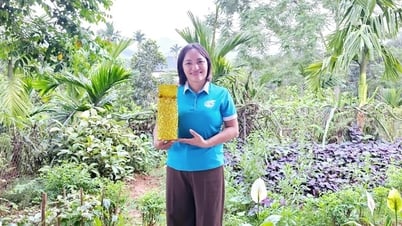
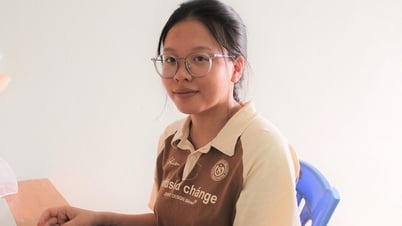















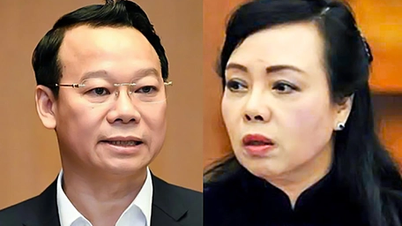




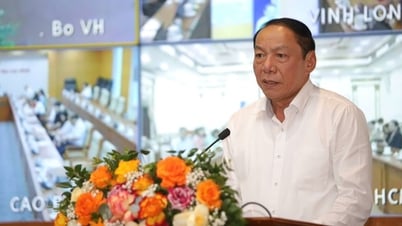















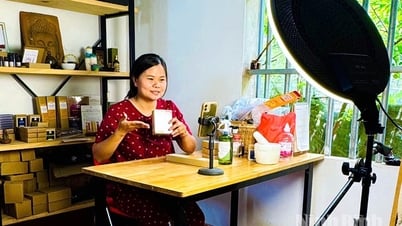

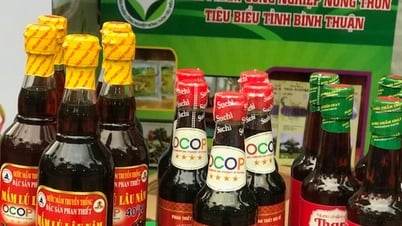




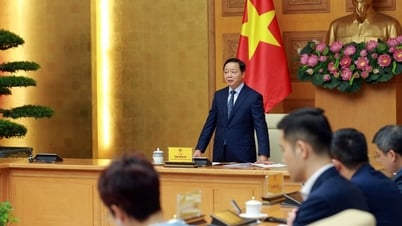

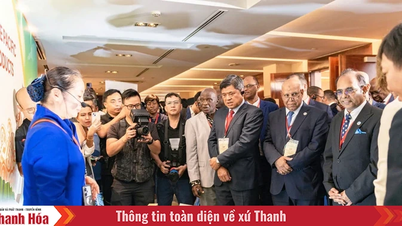


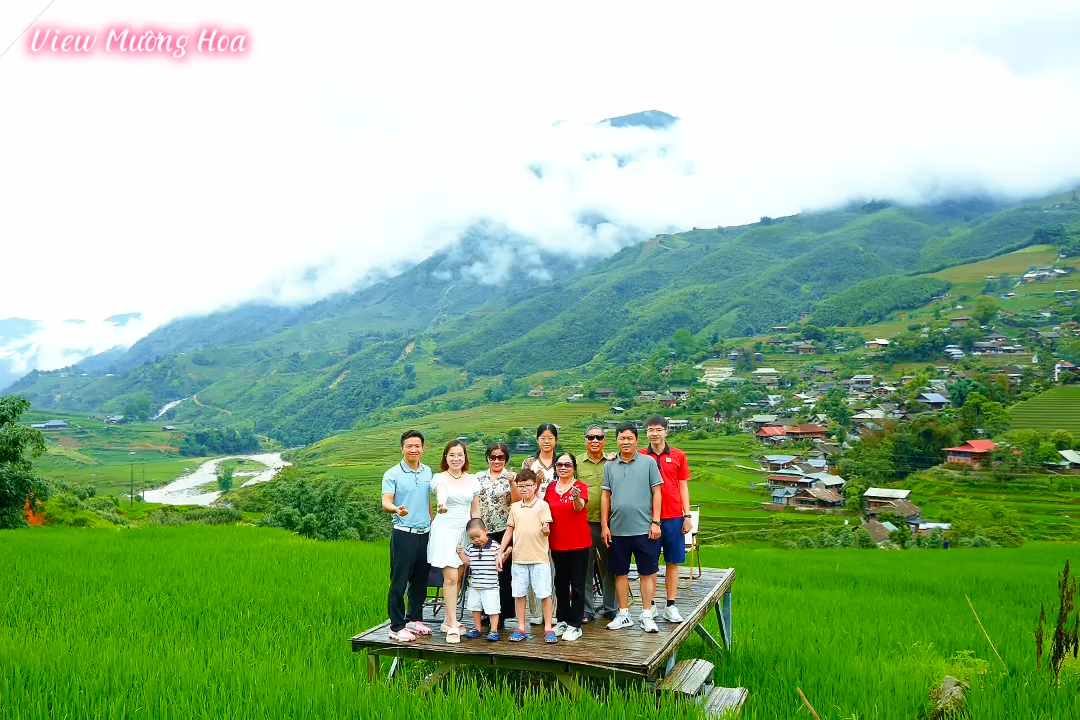


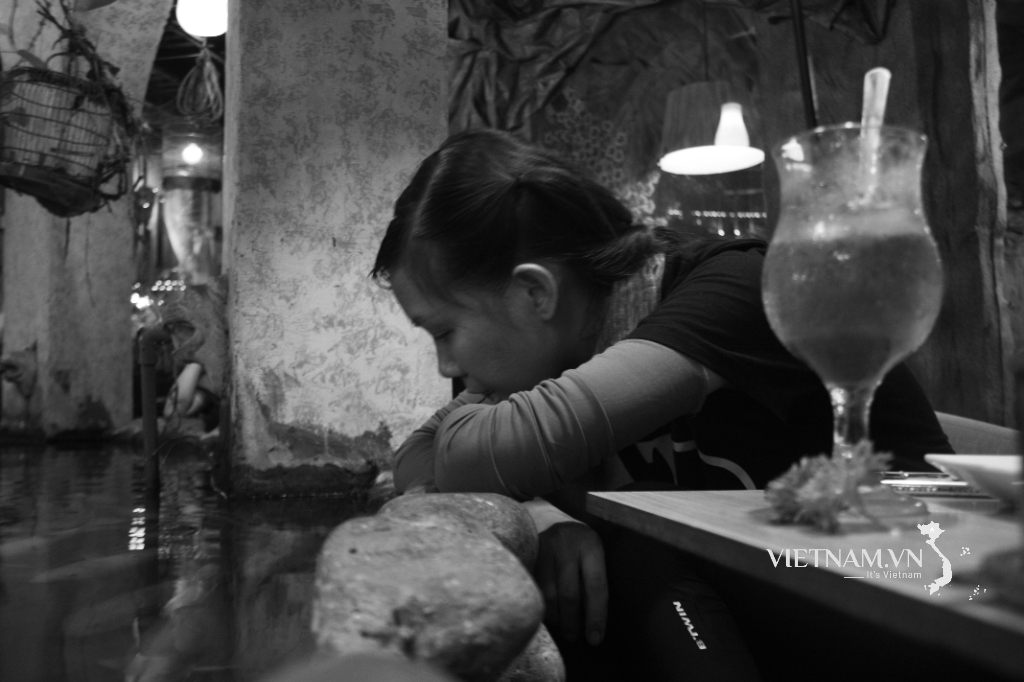
Comment (0)